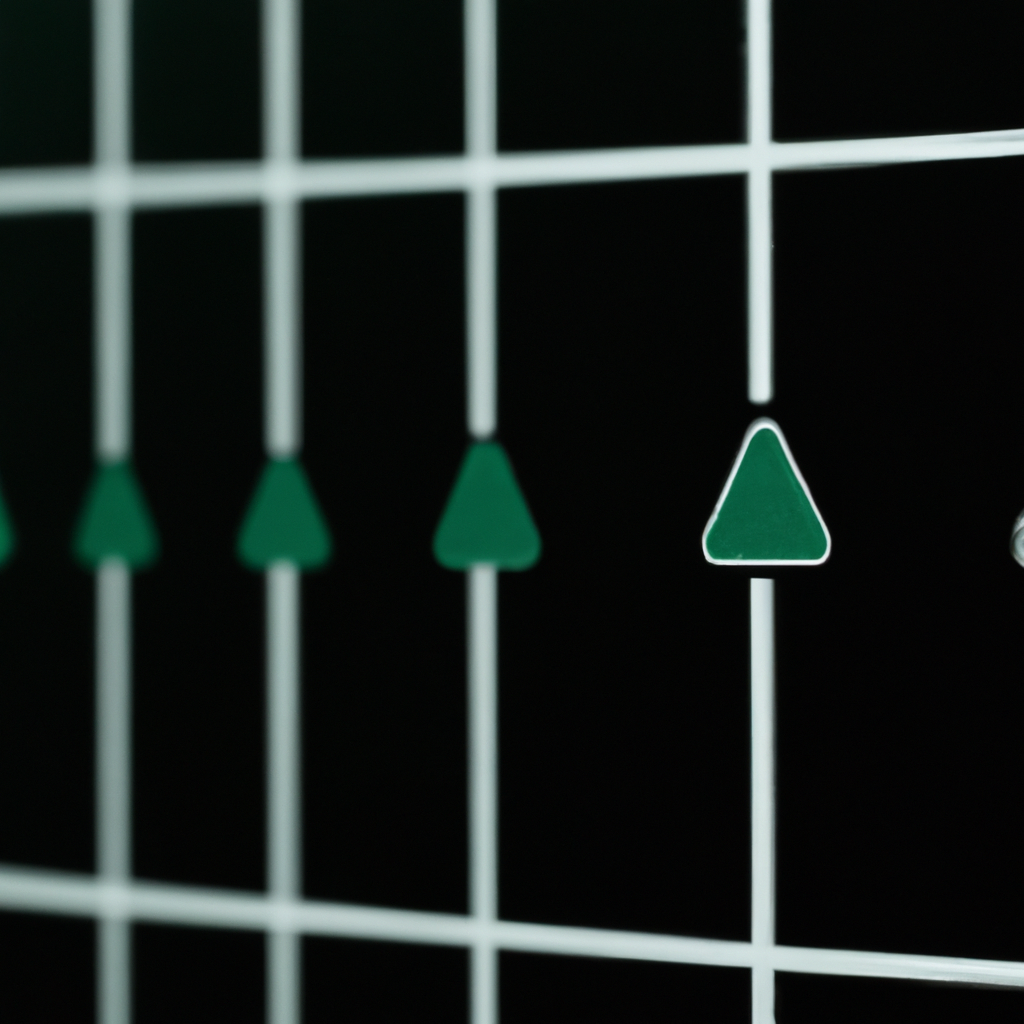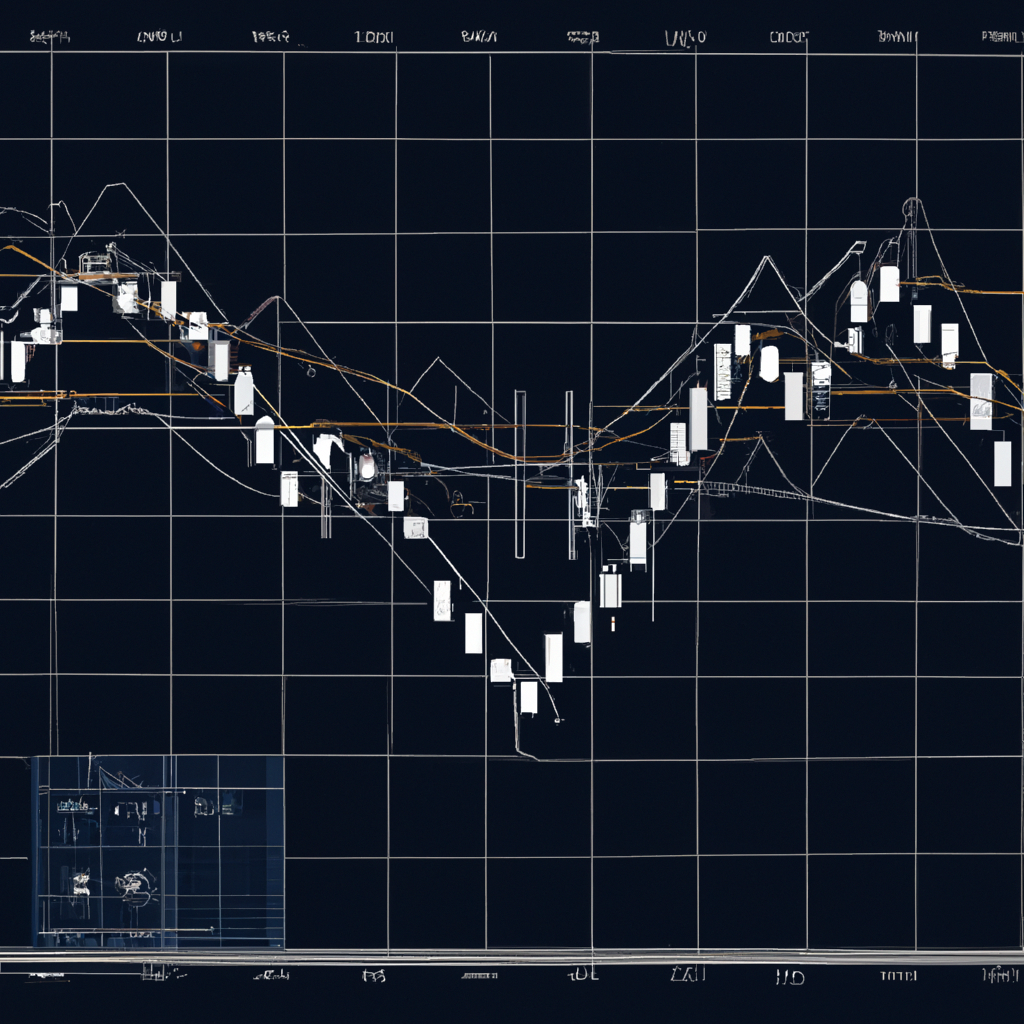Fibonacci Retracement Levels: A Powerful Tool for Technical Analysis
Introduction
Technical analysis is an essential tool for traders and investors in the financial markets. It involves studying historical price patterns and indicators to predict future price movements. One popular technique used in technical analysis is Fibonacci retracement levels, which are based on the mathematical sequence discovered by Leonardo Fibonacci in the 13th century.
Understanding Fibonacci Retracement Levels
Fibonacci retracement levels are horizontal lines drawn on a price chart to identify potential support and resistance levels. These levels are derived from the Fibonacci sequence, in which each number is the sum of the two preceding numbers (e.g., 0, 1, 1, 2, 3, 5, 8, 13, 21, and so on).
How to Calculate Fibonacci Retracement Levels
To calculate Fibonacci retracement levels, you need to identify a significant price swing on a chart. The swing can be either an uptrend or a downtrend. Once the swing is identified, you draw a line from the swing low to the swing high (in an uptrend) or from the swing high to the swing low (in a downtrend).
Next, you divide the vertical distance of the swing into specific Fibonacci ratios: 23.6%, 38.2%, 50%, 61.8%, and 78.6%. These ratios are derived from the Fibonacci sequence and are believed to represent key levels where price may reverse or consolidate before continuing in the direction of the trend.
Using Fibonacci Retracement Levels in Trading
Fibonacci retracement levels are widely used by traders to identify potential entry and exit points in the market. Here are some ways you can utilize these levels:
- Support and Resistance Levels: The Fibonacci retracement levels act as potential support levels during an uptrend and resistance levels during a downtrend. Traders often look for price to bounce off these levels before continuing in the direction of the trend.
- Price Targets: Fibonacci retracement levels can also be used to set price targets. Traders may aim to take profits or close positions when the price reaches a specific retracement level.
- Confirmation with Other Indicators: Fibonacci retracement levels are more effective when used in conjunction with other technical indicators such as moving averages, trend lines, or oscillators. The confluence of multiple indicators can increase the probability of a successful trade.
Limitations of Fibonacci Retracement Levels
While Fibonacci retracement levels can be a valuable tool in technical analysis, it is important to acknowledge their limitations:
- Subjectivity: The identification of significant price swings and the drawing of Fibonacci retracement lines require some subjectivity. Traders may interpret swings differently, leading to variations in the placement of retracement levels.
- Not Foolproof: Fibonacci retracement levels do not guarantee precise reversal or continuation points. They are merely potential areas where price may react based on historical patterns.
- Market Noise: In volatile or choppy markets, price may not respect Fibonacci retracement levels as effectively. It is crucial to consider other factors and indicators to confirm the validity of these levels.
Conclusion
Fibonacci retracement levels are a popular tool in technical analysis that can assist traders in identifying potential support and resistance levels, as well as setting price targets. While they are not infallible, when used in conjunction with other indicators, Fibonacci retracement levels can provide valuable insights into market behavior. Traders should always remember to combine Fibonacci analysis with sound risk management strategies for successful trading.



